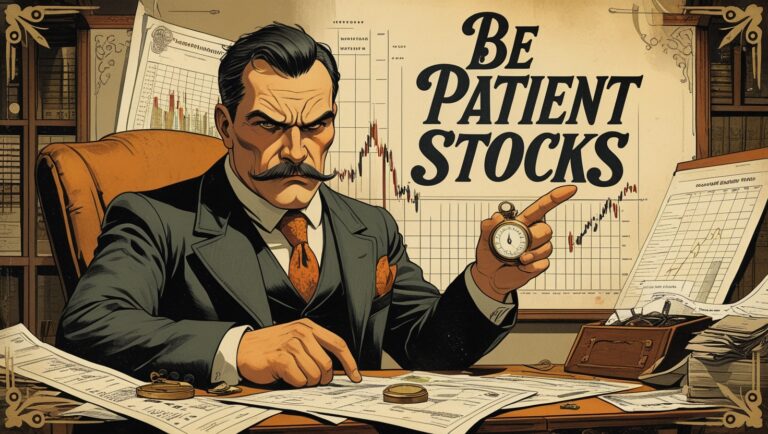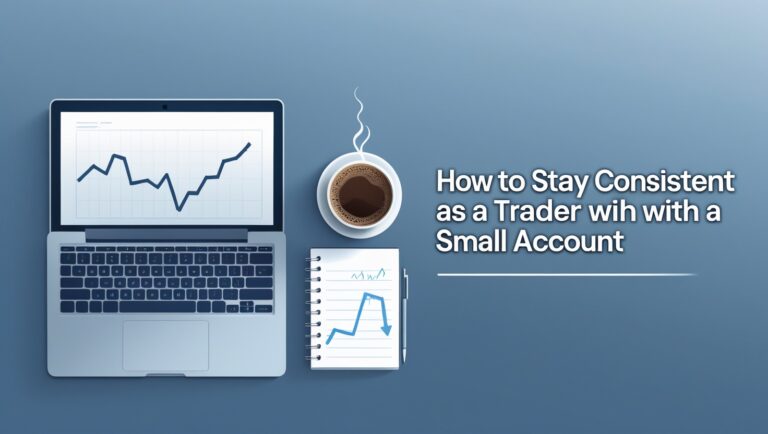How I Turn Small Trades Into Real Income Every Month
How I Turn Small Trades Into Real Income Every Month
There was a time when I thought I needed thousands of dollars to make real money trading. But the truth is, I built income from a small account, using simple setups that worked for me — not for Wall Street. Today, I’m able to pay bills with trades that most people would call “small.” The key wasn’t size. It was consistency and discipline.
In this post, I’ll break down exactly how I turn small trades into real income every month, and how you can do it too — even if you’re starting with limited capital. If you want the exact method I use, I explain it fully in my ebook right here.

Table of Contents
I Don’t Chase Big Wins — I Stack Small Ones
One of the biggest shifts I made was letting go of the idea that every trade had to be a home run. Now, I focus on base hits — setups that offer clean risk-to-reward, even if the profit is small.
By stacking these smaller wins consistently, I built a flow of income that added up. Most people try to double their account overnight and end up wiping it out. I’d rather grow slow, smart, and steady.
I Only Trade a Few Times a Week
Here’s the truth: I don’t trade every day. In fact, I usually take just 2 to 3 trades per week — and that’s enough. I’m not glued to the screen all day. I wait for my setups and move when it’s time. That’s it.
This keeps me out of trouble, protects my mental energy, and allows me to stay sharp. The less I trade, the more I make, because I’m only choosing the best opportunities.
My Watchlist Is My Foundation
Every profitable trade I’ve taken started on my watchlist. I build it before 9:30AM, based on stocks with volume, news, and momentum. I don’t just add random tickers. I follow a system.
If you’re struggling to build a list that actually leads to profits, I show my exact process in my ebook. It’s designed for traders with small accounts who want to stop guessing and start executing.
I Know My Entry, Exit, and Stop Before Entering
Trading small doesn’t mean trading blind. Before I enter any trade, I know three things:
- Where I’ll get in
- Where I’ll cut it
- Where I’ll take profits
This removes emotions from the equation. I don’t adjust mid-trade. I stick to the plan. That’s how I stay consistent, even with limited capital.
I Track Everything
If you’re not tracking your trades, you’re flying blind. I track each trade — the setup, the reason, the result. Over time, I’ve found patterns. I know what works and what doesn’t.
That awareness helps me filter out the noise and focus on high-probability setups that actually deliver. This is how I treat trading like a business, not a gamble.
I Don’t Overcomplicate It
I don’t use indicators, complicated algorithms, or expensive software. I trade with price action, volume, and my eyes. That’s it. My charts are clean. My plans are simple.
This is why my strategy works even for beginners. You don’t need to be a tech genius — you just need clarity and structure, which is exactly what I teach in my ebook.
I Reinvest a Portion — But Also Pay Myself
When I have a profitable week, I pull a portion of that out for bills, savings, and life. I treat it like income — because it is. Then I reinvest a small percentage back into the account to help it grow over time.
This balance keeps me motivated and shows me that my trading is making a real impact.
I Avoid Overtrading Like It’s Poison
The fastest way to lose your gains is to give them back by forcing trades. I avoid this by sticking to my routine and limiting my trades to only what’s necessary.
If nothing looks clean, I don’t trade. That patience is what separates gamblers from real traders.
I Focus on High-Probability Setups Only
I don’t touch anything that doesn’t meet my criteria. If the stock is choppy, low-volume, or sitting in the middle of a range, I skip it. I only want clean breakouts, breakdowns, or news plays with momentum.
The more I filter, the more I make — and the less stress I feel.
I Treat This Like a Business
This isn’t a hobby for me. I show up prepared. I have a routine. I track results. I learn from losses. I set goals. I measure progress. I protect capital.
If you want to start treating trading like a real skill that pays, it starts with your mindset — and then your strategy. That’s why I created my ebook. It’s everything I wish I had when I started.
I used to feel embarrassed trading with a small account. But now I understand that a small account teaches discipline. Every dollar matters. Every trade has to be intentional. And when you treat your account like that from the start, you build the habits that keep you profitable later.
I never rely on luck. I rely on a repeatable process. Before the market opens, I already know the few stocks I’m watching. I don’t scroll aimlessly or chase trending tickers. I stick to the same routine that’s been working — and that’s exactly what I break down in my ebook.
When you focus on a few clean setups, you start noticing patterns. You begin to recognize how stocks behave near support, resistance, or after news. You stop guessing and start reacting with purpose. That’s how I slowly built consistency.
Another thing that changed everything for me was avoiding alerts. I used to follow other people’s trades, but it never worked. I didn’t know their risk, their plan, or their logic. Now, I rely on my own levels — and I win more often because of it.
I also journal after each trade. Just a few quick notes: What worked? What didn’t? How did I feel? Over time, this showed me how emotions were impacting my trading. I learned to stop trading when I’m tired, distracted, or forcing it.
If a stock doesn’t meet my criteria, I skip it — even if it runs without me. I’d rather miss a move than take a bad setup. That mindset has saved me thousands. It’s not about catching everything. It’s about catching the right ones.
I also use a simple rule: one trade a day max. This keeps me sharp and forces me to be selective. I don’t always trade every day — and that’s fine. Some of my best weeks come from just two solid trades that followed all my rules.
Scaling into positions is something I only started doing once I became confident. With small trades, I can’t afford to be sloppy. I start small, and if the trade moves in my favor, I’ll add. If not, I’m out quick. Protecting my capital always comes first.
One of the most important things I do each week is review my trading stats. I look at win rate, average gain, average loss. If something’s off, I adjust. This is how I treat trading like a business. That mindset keeps me consistent month after month.
In my ebook, I explain how I find my setups, when I trade, how I manage risk, and how I built a system that supports my real life. Whether your goal is to pay bills, grow savings, or build independence, it starts with a system you trust.
I didn’t get here overnight. It took time, mistakes, and refining my process. But now I know that trading with a small account is not a weakness — it’s an edge when done right. You learn faster. You protect more. You grow smarter.
If you’re ready to stop guessing and start building a trading routine that pays you monthly, take the first step. Grab the ebook and build a system that actually works — without needing thousands in your account.

Stay ahead in the stock market! Subscribe to our newsletter and receive exclusive stock flow reports, trading insights, and actionable tips directly in your inbox. Join thousands of traders who get our updates first.







